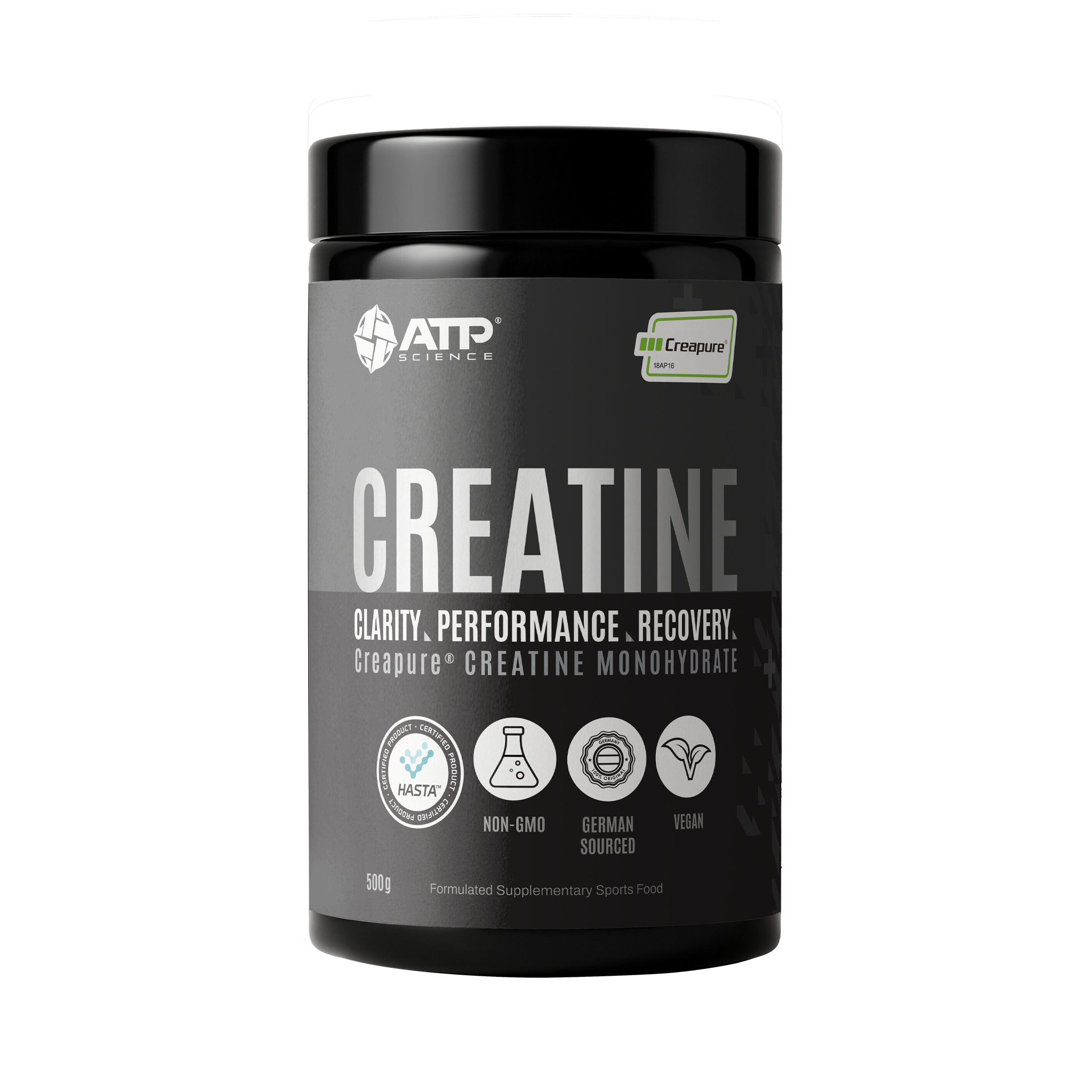Lectins and the discussion around them at the moment are vast! According to the Google search trends of late, this has been on a steady incline for those of us googling at home, but why and what the heck is ‘lectins’? If you have missed the lectin boat completely and are sitting there more confused than a magpie amongst the crows. Fear not, we are about to get you up to date on the nitty-gritty on lectins!
What are lectins?
Lectins are what is known as 'carbohydrate-binding proteins', in other words, they are proteins that bind to carbohydrates and have been known to scientists for many years, their existence that is but not so much on their function until recently. Lectins became a fashionable gastro-insight recently thanks to Dr. Steven Gundry - a former cardiac surgeon that took the world by storm with his book on lectins titled: 'Plant paradox’.
Dr. Gundry advises that lectins, protein forms found in approximately 30% of the foods we eat; are incredibly inflammatory and maybe the single most significant cause for inflammatory disease states. Now, a huge claim to make - 30% of the food we consume is 'bad for our health?' The reason that this statement has stood the test of time for so long is that the science on food links and interactions of the diet on aspects of the microbiome, inflammatory states derived from diet predisposition is so young but flourishing.
Research is looking heavily into these interactions now and finding legitimate links with such things as Gluten - a peptide found in sources of grains such as wheat, oats, barley, and rye that affects those with a predisposition to be intolerant and found the data on coeliac disease. This has helped thousands of people worldwide finally find answers. Avoiding Gluten is one thing - but avoiding 30% of our diet is another. Is it necessary?
Let’s go deeper again…
Lectins, as we mentioned, are carbohydrate-binding proteins - what does this mean for us? In animal and human studies, lectins have been shown to play a role in our immune response and communication between cells[1].
This is not to say that just because they initiate an immune response in humans, that this is necessarily bad. Lectins usually function by binding to carbohydrates which in some, where enzyme function is not adequate, can wreak some digestive discomfort… as seen in raw uncooked kidney beans, where the lectin phytohemagglutinin, when consumed in uncooked kidney beans, can lead to severe nausea, vomiting, and diarrhea[2].
The immune response of Lectins
C-Type lectin receptors – as we mentioned earlier, lectins do have an intimate role in the immune system function. Let’s take it back a few steps on this aspect because I think many of have grouped lectins as one element, when in fact there is a large family of lectins.
There is a diverse set of carbohydrate structures that are displayed on our cell surfaces that act as a Chinese whispers chain of communication between cells; only the message is delivered with far more accuracy. Lectins in Latin actually means ‘to select’ and are proteins that bind with selected/specific carbohydrate structures on the cells. Their chief/ defined role to specify a role for their existence is to provide cell to cell contact simply. Similar to that of Velcro for a nice visual.
Once we have established their function with clarity as above – we divide their type into groupings based on their amino acid sequencing as well as their unique biochemical properties. The primary class we mentioned at the beginning of this segment was C-Type lectin. These require calcium for binding and almost act as the glue between point A and B protein to sugar/carbohydrate. Differing sequencing of amino acids alters the outcome of the binding and result that ensues.
Lectins and Selectins
No, we didn’t just go Dr. Seuss on you, within the C-Type class of lectins, there are also selectins. Selectins do mediate binding of immune cells to sites of injury for example in response to inflammatory signaling. As seen in the binding to lymph, endothelium, and activated blood platelets. And new research is learning how this selection process occurs so that it can be used in the future for therapeutic targeting[3].
It is believed that this immune system activation and response seen in the presence of these lectins may be cause for alarm. But in fact, it looks like this grouping, in particular, plays a role in immune modulation and adaption rather than in a negative stance[4].
Are they bad or not?
You made it through the scientific jargon, or perhaps you didn't, and you just skipped to this heading for the answer to your argument, like a quick google search to prove your superiority amongst a debate with a friend at the moment. Do you ruin all your books like this, skip straight to the last chapter? See how we made you wait a little longer before the big reveal…The truth is – You cannot paint all lectins with the same brush. There are good and bad lectins. They do have the capacity to pass through the gut wall, but in most cases, lectins are bound up without causing harm to us. One individual can be more sensitive than another due to already underlying inflammation or damage to the gut mucosa. Often preparation methods, when done correctly, can considerably lower lectin yield as seen in red kidney beans where cooking can bring them from around 50,000 lectin units to as low as 200 lectin units.
Removing 30% of your diet for fear of lectins as a whole would incur more nutrient deficiencies that could correlate to disease states in the long term, where many of these plant-based foods that contain essential micronutrients and co-factors required by the body to protect it as a whole exist in the same bite. The science on their effectiveness as a whole is not definitive enough to draw a hard line in the sand. The fact that their adaptive immune system communication capacity is being studied for novel therapeutic targets exists suggests that they may not be as evil as we have been led to believe and using the correct method of preparation for these foods may be a far smarter alternative until we have a yes or no.
References
- Geijtenbeek, T., Gringhuis, S. Signalling through C-type lectin receptors: shaping immune responses. Nat Rev Immunol9, 465–479 (2009). https://doi.org/10.1038/nri2569
- Red kidney bean poisoning in the UK: an analysis of 50 suspected incidents between 1976 and 1989 J. C. RODHOUSE*, C. A. HAUGH, D. ROBERTS AND R. J. GILBERT PHLS Food Hygiene Laboratory, Central Public Health Laboratory, 61 Colindale Avenue, London NW9 5HT
- Barthel, S. R., Gavino, J. D., Descheny, L., & Dimitroff, C. J. (2007). Targeting selectins and selectin ligands in inflammation and cancer. Expert opinion on therapeutic targets, 11(11), 1473–1491. https://doi.org/10.1517/14728222.11.11.1473
- Borsig L. (2018). Selectins in cancer immunity. Glycobiology, 28(9), 648–655. https://doi.org/10.1093/glycob/cwx105


















